Last updated: July 14, 2023
Article
Red Power On Alcatraz, Perspectives 50 Years Later
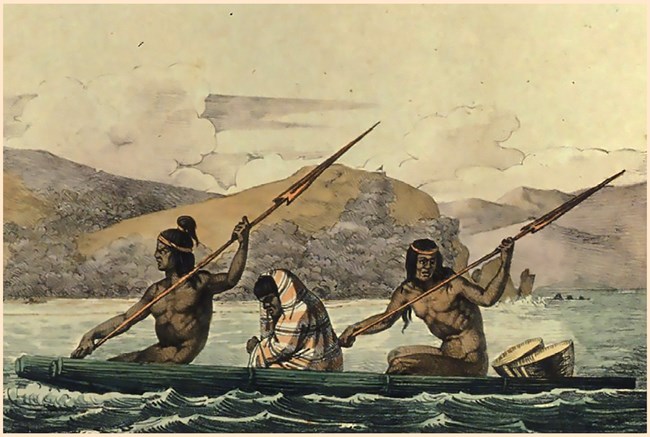
Alcatraz is Indian Land
Alcatraz Island is within Ramaytush Ohlone territory, but there is no evidence (scientific or oral tradition) regarding Ohlone use of the island. Ohlone people fished and navigated the bay in tule reed boats and may have used the barren, bird covered island as a waystation.
Europeans arrived in the 1770s and drastically changed the cultural and ecological balance of San Francisco Bay. Colonizers forced Native American populations onto Spanish missions.
By 1801 all of the Ramaytush Ohlone had been incorporated into Mission San Francisco de Asis, and about eighty percent of their population had died from disease and from poor living and working conditions.
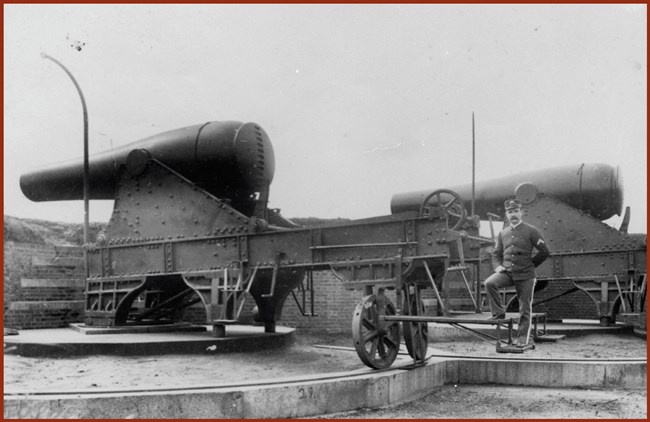
Fort Alcatraz & The Indian Wars
From its beginning in 1857, the US Army fort on Alcatraz was involved with repressing Native Americans. Within four months of army soldiers first being stationed on the island, men from Company H of the 3rd Artillery were sent east to battle the Paiute people. Alcatraz continued as a staging ground for the Indian Wars throughout the late 1800s, and supplied soldiers to fight the Modoc in Northern California in the 1870s.
Warfare, massacres, slavery and loss of hunting and agricultural lands at the hands of the US Army and white settlers forced Native Americans across the West onto smaller and more isolated reservations during this period.
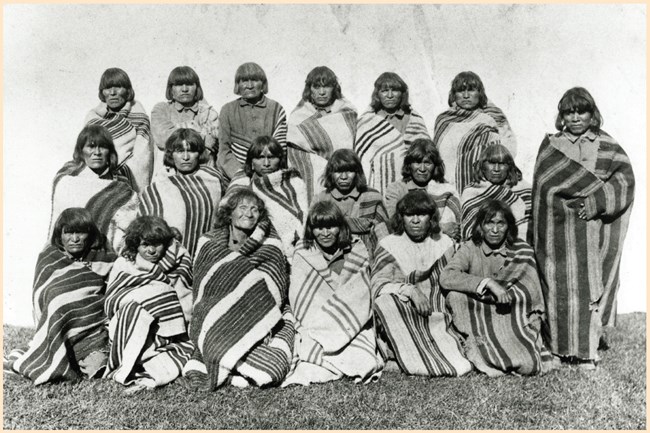
The Military Prison
The military prison at Fort Alcatraz held soldiers who broke army rules or committed crimes. The prison also incarcerated Native Americans. These included Paiute Tom, held for two days in 1873 before being shot trying to escape, and Kaetena, a Chiricahua Apache chief who rode with Geronimo.
Other Native Americans imprisoned on the island included nineteen Oraibi Hopi elders from northern Arizona. They were arrested in 1895 for resisting federal policies that forced Hopi children to attend boarding schools where their hair was cut, they were forced to wear western clothes, and they were punished for speaking their own language. Many of the schools were run by Christian churches, whose teachings further eroded traditional culture.
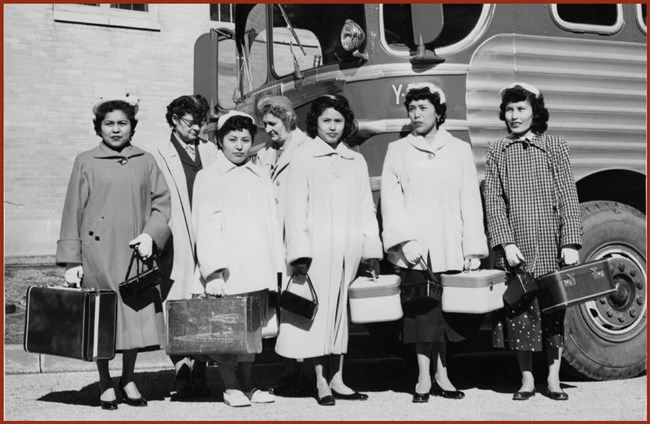
The Termination Policy
In 1953, the US Congress passed a resolution that began a process known as the Termination Policy. This policy ended federal recognition of tribes and called for their tribal lands to be sold. In 1956, the Relocation Act passed, encouraging Native Americans to relocate to urban areas for greater employment opportunities. As a result, thousands of displaced Native Americans started to arrive in the San Francisco Bay Area.
These new arrivals began to organize into groups like the United Bay Area Council of American Indian Affairs, and established cultural centers in Oakland and the Tenderloin neighborhood of San Francisco. They also connected with the vibrant social movements of the 1950s and 1960s, including the Civil Rights Movement and Vietnam War protests. The Native Americans spoke out against the Termination Policy and the broader plight of Native Americans on the reservations and in the cities.
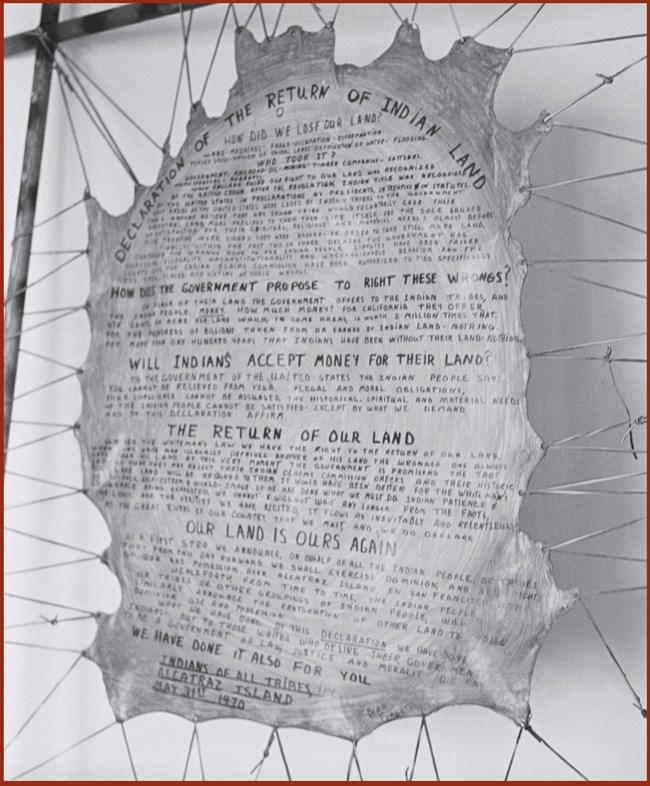
The Declaration
When Alcatraz prison closed in 1963, the island became surplus government property managed by the General Services Administration. In 1969, a group calling themselves the Indians of All Tribes arrived on the island and began a 19 month occupation.
Most of the early Native American occupiers were Bay Area college students harnessing the energy of the Civil Rights movement to bring attention to the Termination Policy and the broader plight of Native Americans. However, the root cause of the Occupation went much deeper, to the long history of violence and cultural eradication perpetrated by the US Government.
The Indians of All Tribes called for change. They demanded education. They demanded a cultural center on the island. And they demanded that land be returned.
The Declaration was a humorous statement by the local Bay Area Indian community stating why the poor conditions of the island were perfectly suitable for Indians. The bleak conditions of ‘The Rock’ were strikingly like those on reservations. May 30, 1970.
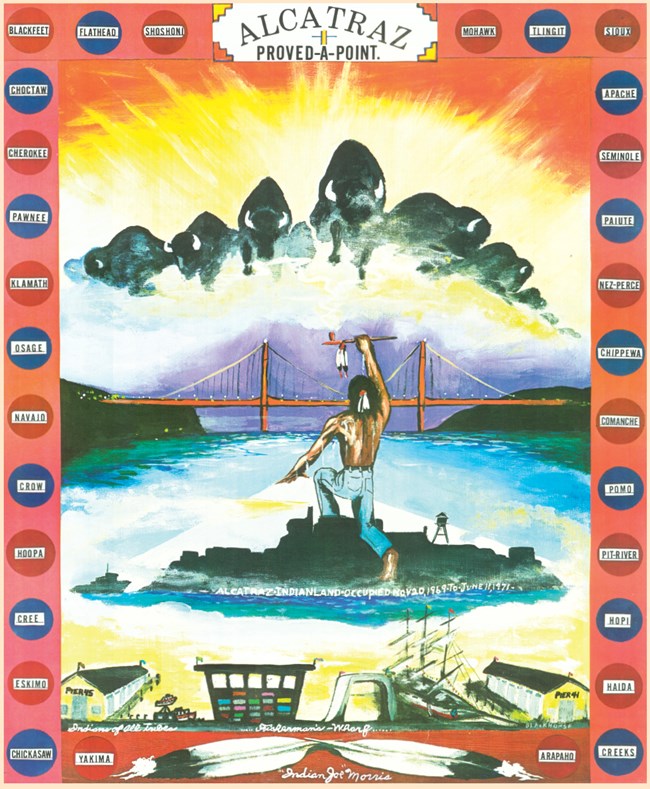
Alcatraz Proved A Point
For some the Occupation of Alcatraz was a political protest. For others it was a moment of self-discovery. The Occupation had many causes, instigators, and meanings, yet it served as a rebirth of Native American culture and identity.
The first attempt at occupation occurred on November 9, 1969 when fourteen Native Americans living in the Bay Area rode to Alcatraz on a chartered tour boat. Some jumped off the boat and attempted to swim to the island, but they didn’t stay.
Richard Oakes - AKWESASNE MOHAWK
La Nada War Jack - SHOSHONE/ BANNOCK
Rick Evening - SHOSHONE/ BANNOCK
Jim Vaughn - SHOSHONE/ BANNOCK
John Mortal - CHEROKEE
Joe Bill - CHEROKEE
Kay Many Horse - LAKOTA
Linda Aranaydo - CREEK
David Leach - COLVILLE/ LAKOTA
Ross Harden - COLVILLE/ LAKOTA
Burnell Blindman - LAKOTA
John Whitefox - SHOSHONE
John Vigil - APACHE
Fred Shelton - INUIT
On November 20, 1969, the fourteen returned with close to 80 more Native American activists, starting the 19-month occupation.
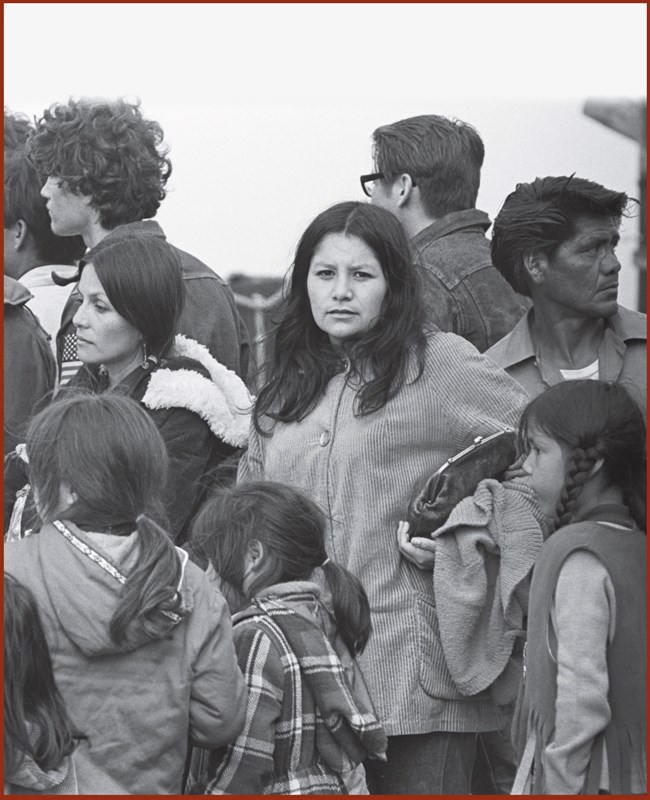
The Occupation of Alcatraz
At first the Occupation was wildly popular, attracting thousands of Native Americans on a pilgrimage to the cold, windy island in San Francisco Bay. It was widely supported in the Bay Area. Celebrities arrived and donations poured in. The press came from all over the country, and even Europe and Japan. The Occupiers wrote messages of peace and freedom around the former prison island and discussed plans to build a cultural and education center for Native Americans.
Public support for the Occupation waned in June 1970 when fires claimed four structures on the island. Most of the occupiers left as donations dried up and living on the Rock grew more difficult. Federal Marshals arrived on June 11, 1971 to remove the final fifteen.
When hearing of the removal, one of the original occupiers, Richard Oakes stated to the press, “Alcatraz is not an island. It is an idea.” That idea sparked a Red Power movement that continues on to today.
Sage Road Traveler Longoria of the Caddo Nation in Oklahoma (facing camera) with her children and sister Diana Vargas (facing left). Diana and her husband, Roberto Vargas, founded the Mission Cultural Center in San Francisco, a now famous institution.
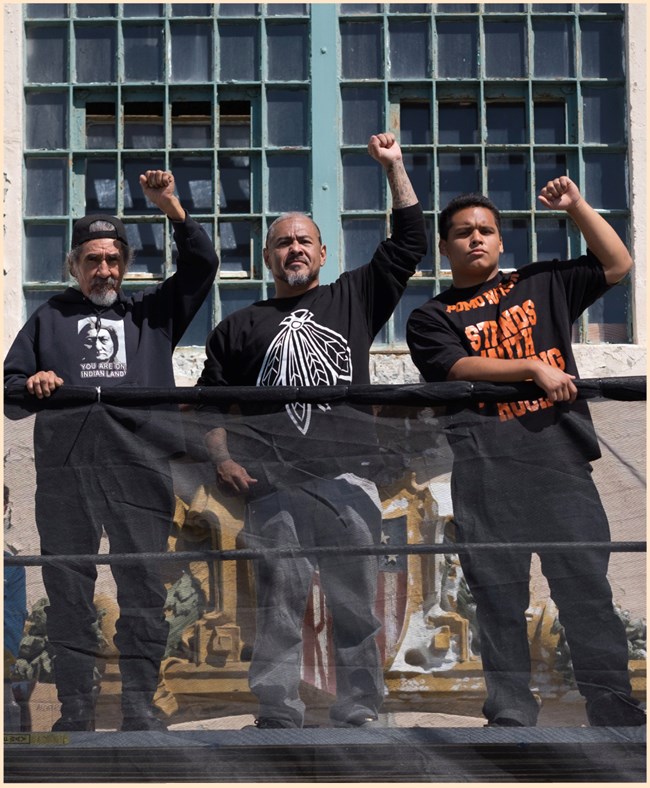
The Legacy of The Occupation
The Occupation of Alcatraz was the catalyst for dozens of other protests around the country, including at Seattle, Washington; Washington, D.C., and South Dakota. Change followed.
Resultant legislative actions shifted the relationship between Native Americans and the US Government, including the end of Termination and Relocation policies, and the return of large areas of land to Indian tribes in the 1970s.
The occupiers themselves continue to work to improve the treatment of Native American people. We celebrate their efforts here in “Red Power on Alcatraz: Perspectives 50 Years Later.”
Eloy Martinez, Darren Laiwa, and Richard Oakes’ grandson, Elijah Oakes repaint “FREE” on the Alcatraz Cell House June 21, 2017.
